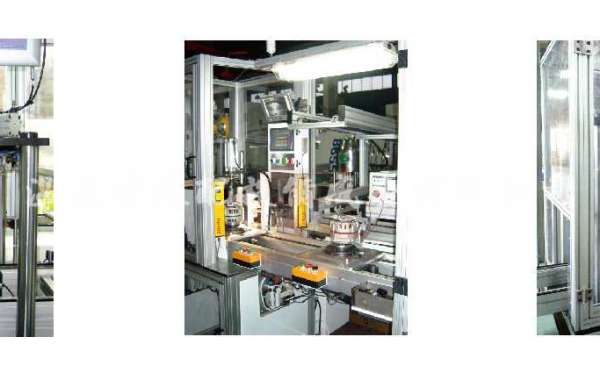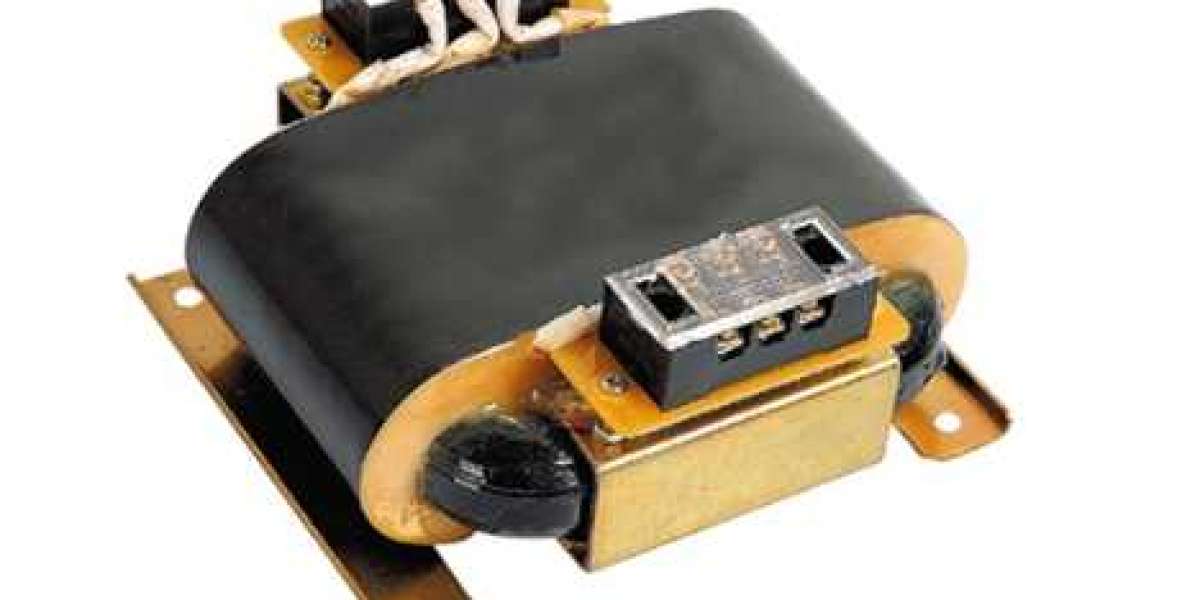So how did we get here? Here’s a quick history of the car assembly line.
Manufacturing before the Assembly Line
While some form of assembly lines have existed for thousands of years, it was only in the last 100 that they became a mainstay in factories.
It helps to understand how manufacturing processes were designed before the assembly line.
Prior to the Industrial Revolution, objects were often manufactured from end-to-end by single artisans. If a given assembly required 20 parts and 30 steps to manufacture, a single individual would work through the assembly in order, until they produced a finished product.
How did assembly lines make mass production possible?
With the industrial revolution, manufacturers began to place operators on specialized tasks.
So rather complete a single object, they would specialize in a single process–for example, cutting, lathing, or a particular manual assembly.
By the early 20th century, all of the parts were in place for the modern assembly line to emerge.
With the advent of interchangeable parts, electric conveyor belts, and new types of machining processes, assembly lines were poised to make the world.
Henry Ford and the Automotive Assembly Line
The automotive plant is the first thing many people think of when they hear “assembly line.” Henry Ford of Ford Motor Company is often credited with inventing the assembly line.
There’s some dispute, however, as to whether or not Henry Ford invented the automotive assembly line.
Early automotive assembly line to illustrate how Ford and others built early cars.
An Early Automotive Assembly Line-
In reality, many manufacturers were experimenting with assembly line systems in the 20th century. Indeed, Ransom Olds–an early innovator in the automotive industry–is credited with inventing the first automotive assembly line system.
Consensus among historians seems to be that while Ford Wasn’t first, he did do more to advance the assembly line than his contemporaries. Ford set ambitions production goals, set faster production rates than his peers, and made a science of assembly line design and line balancing.
On Ford’s assembly lines, an empty chassis became a complete car in a matter of hours, not days.
This precedent was quickly imitated and improved by competitors, leading to a rapid evolution in manufacturing processes.
By mid-century, millions of cars rolled of Ford assembly lines, paving the way for America’s auto-first transportation culture.
Assembly Lines Spread to Other Industries
Soon, the optimized assembly spread to other industries.
By mid-century, assembly lines were present in industries beyond discrete manufacturing, including chemicals, oil, and other continuous manufacturing industries.
At present, the assembly line–or at least a more sophisticated iteration of it–is a fixture in manufacturing across industries and product specializations.
Evolution of the assembly line with automation
While assembly lines made some manufacturing processes significantly more efficient, some manufacturers looked for new ways to improve accuracy and lower costs.
By mid-century, assembly lines were in use in many manufacturing industries across the world.
Thus, as various forms of automation matured over the course of the 20th century, manufacturers incorporated them into their processes. Gradually, automated tools began to take over simple, repetitive tasks. Over time, the amount of automation on assembly lines increased significantly.
While there are examples of fully automated assembly lines, most assembly lines are mixes of humans and automated labor. Humans perform the assemblies and tasks that are too senstitive or complex for machines, while machines to the work that’s too repetitive, dangerous, or error-prone for humans.







